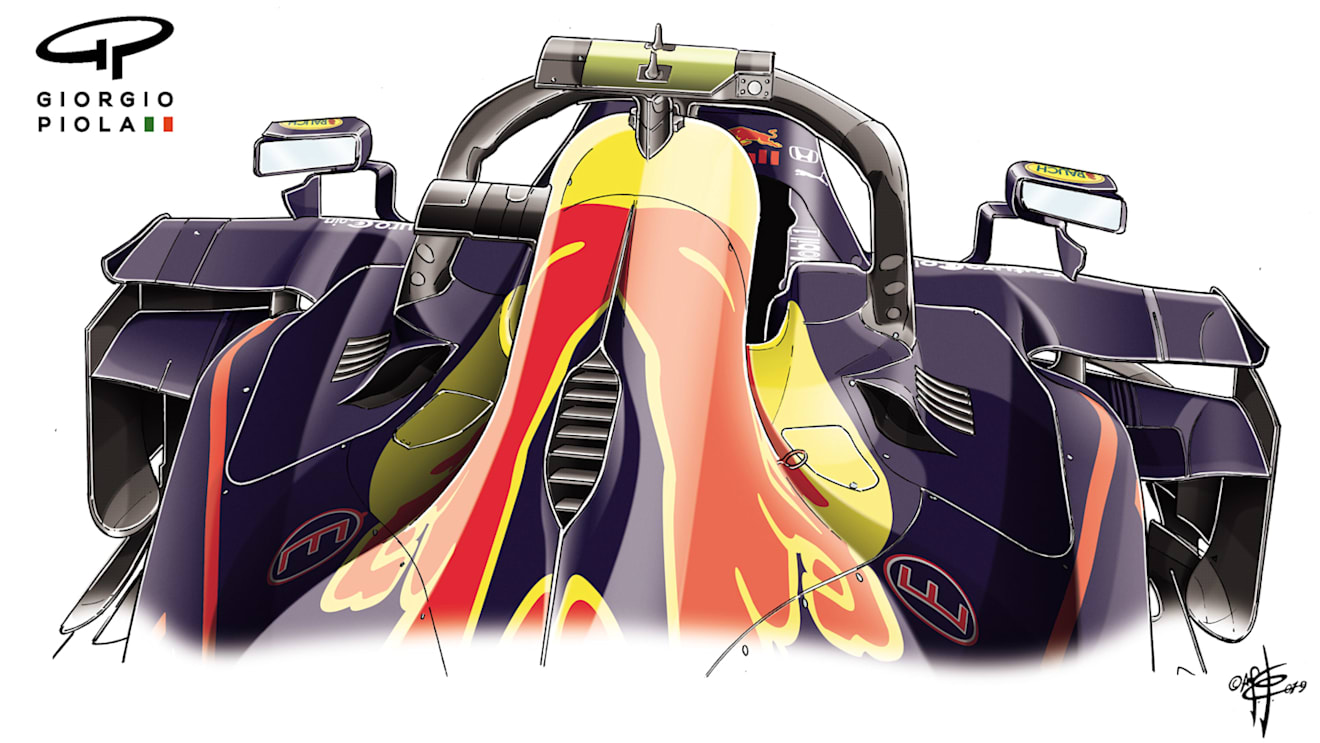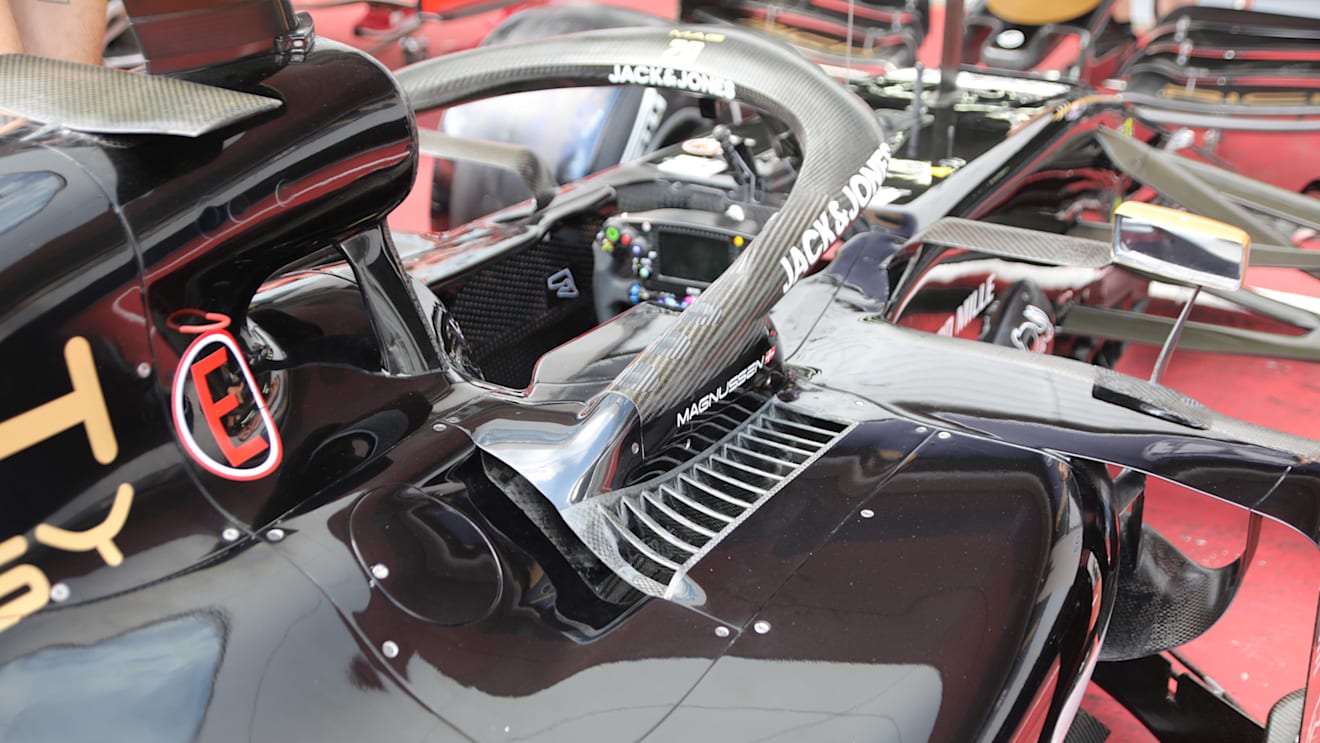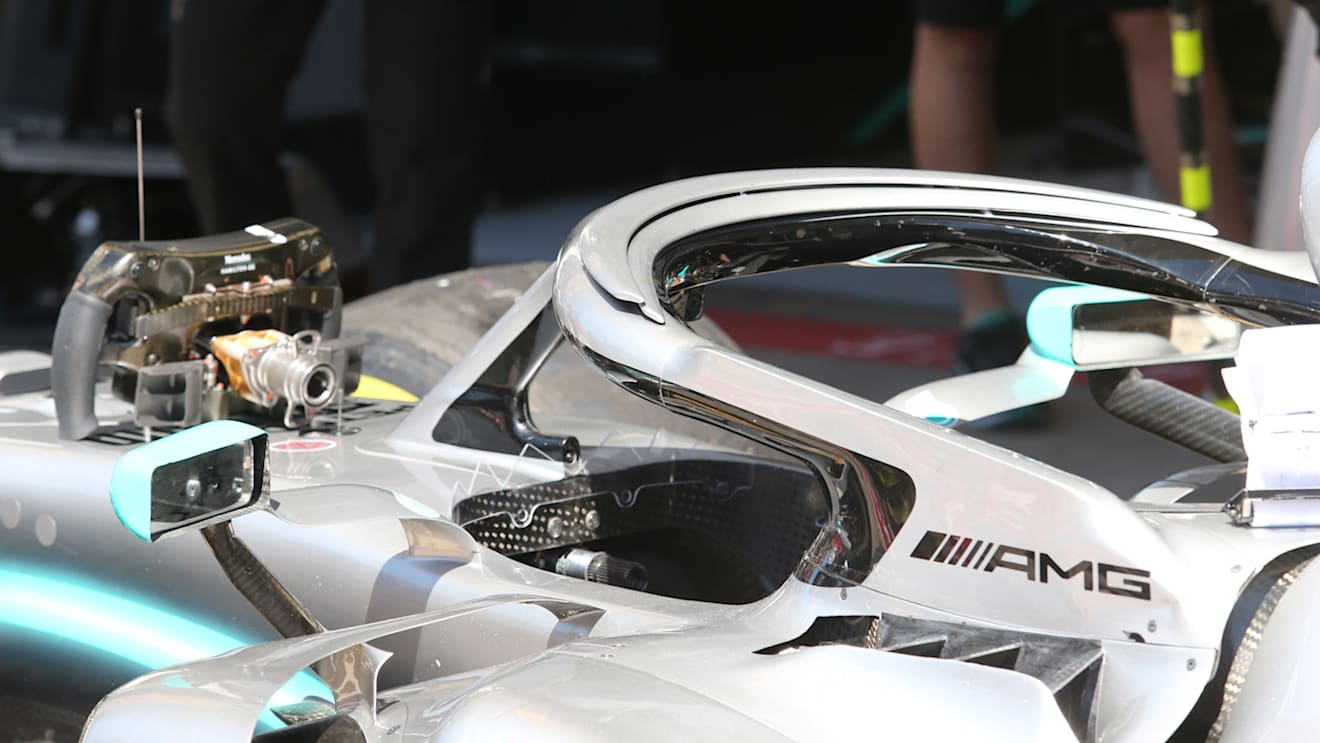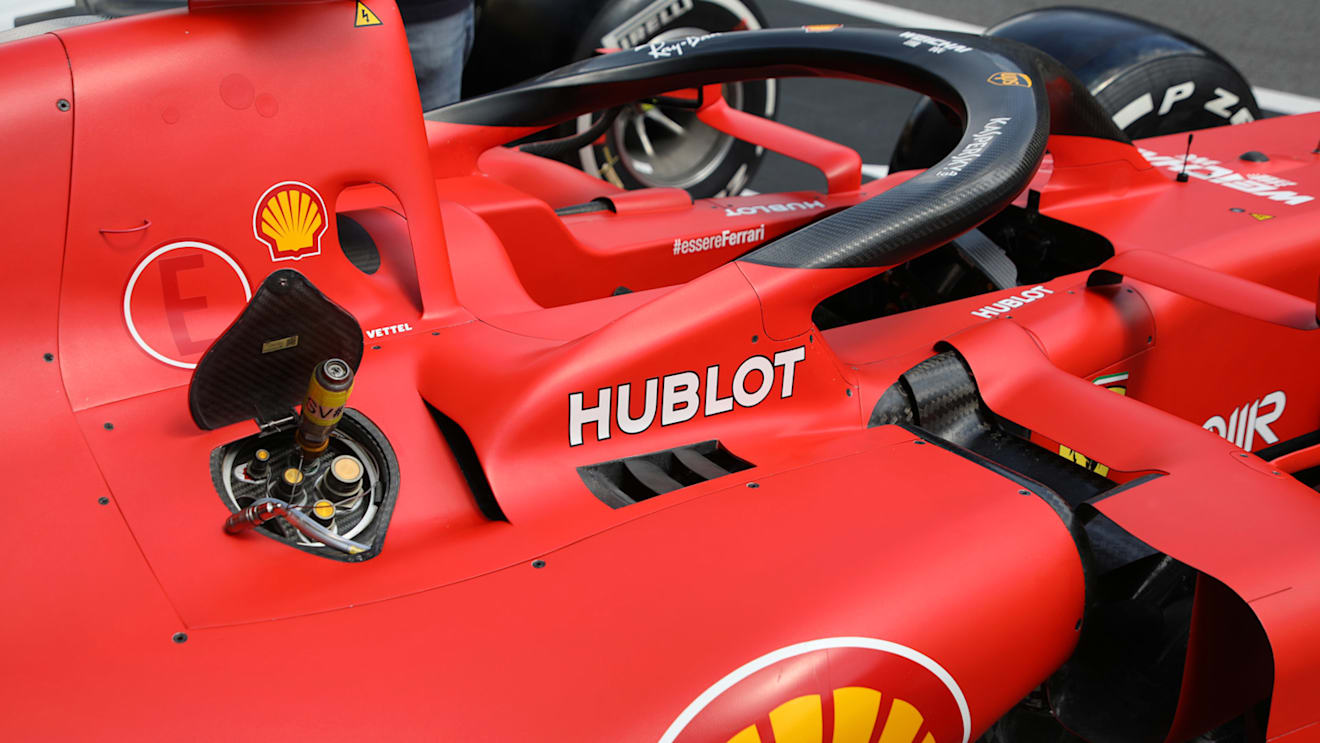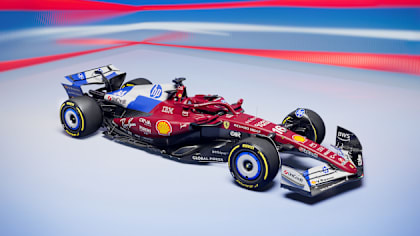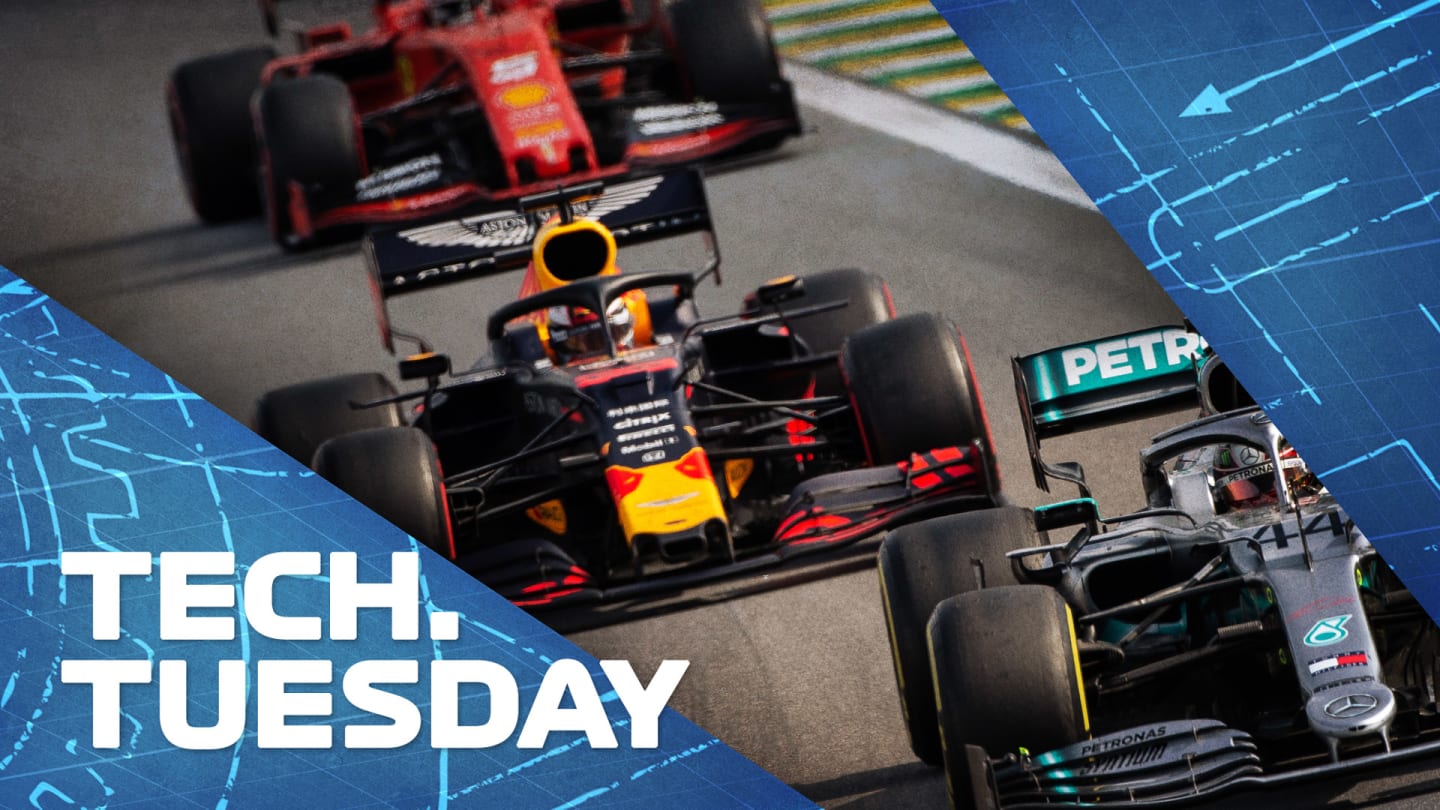
Technical
Why Austria and Hungary are the perfect tracks to show where the top teams stand in 2020

Share

The last sight we had of 2020 Formula 1 cars on track may have been at the end of February, but we'll soon have a fuller picture of where the top teams stand when the 2020 season starts next month. Mark Hughes looks at the first two venues that will host Grands Prix in 2020 – Austria and Hungary – and explains how they will expose the strengths and weaknesses of Red Bull, Ferrari and Mercedes, with images and technical drawings from Giorgio Piola.
As the beginning of the delayed season is finally almost here, the use of the Red Bull Ring and the Hungaroring as the first two tracks give us a usefully wide spread of demands – enough to paint a picture of the relative strengths and weaknesses of each car.
Variations in performance patterns between different types of tracks and different corners last year suggested that the Mercedes and Red Bull (from Austria-onwards, once their early problems were sorted) were quite similar with very good downforce.
They contrasted with the Ferrari that appeared to have a power advantage, lower drag, but lower downforce. We also saw that the Mercedes power unit lost more of its performance at high altitude than that of Ferrari, Honda or Renault.
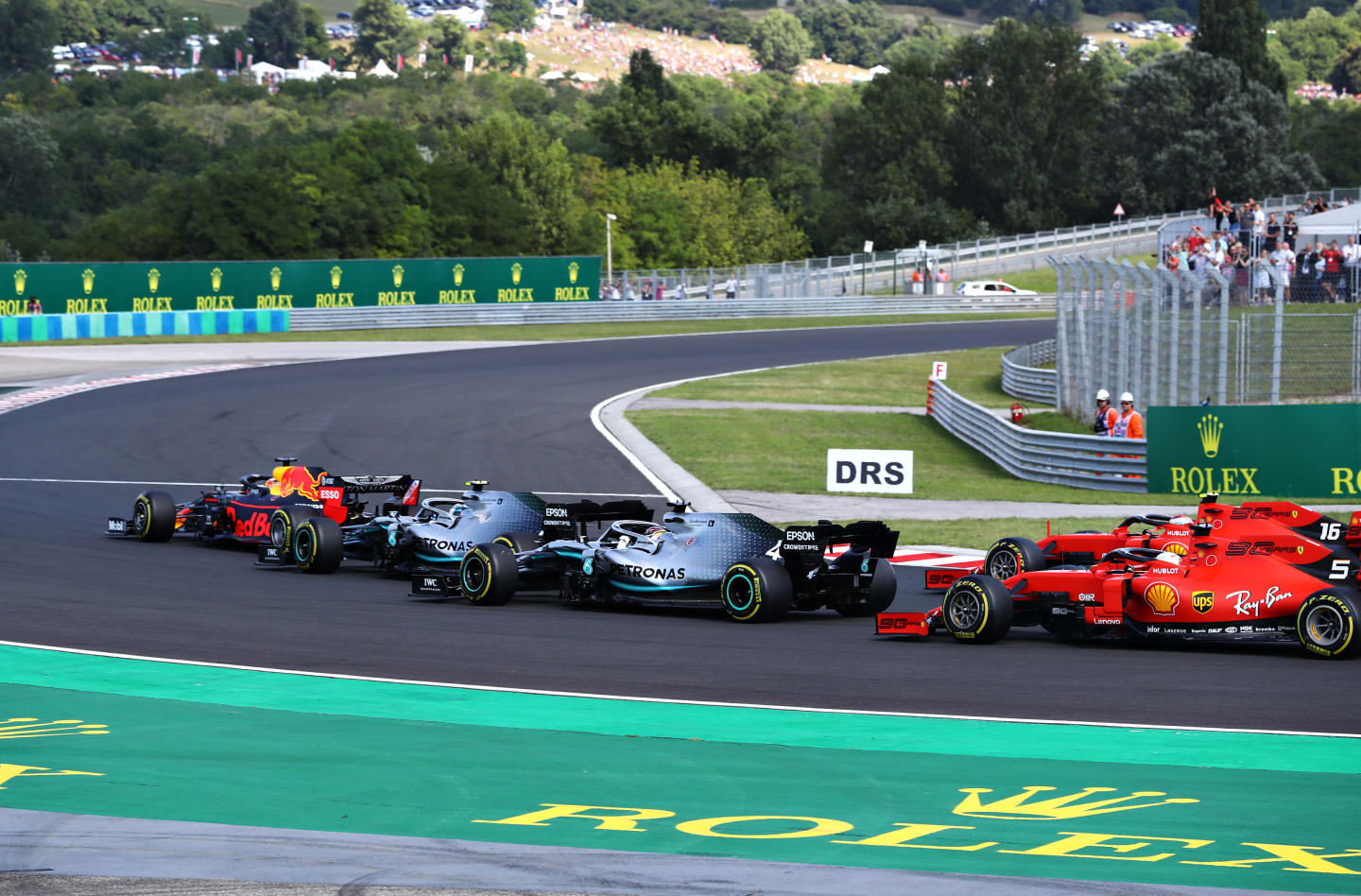
Ferrari were far off Mercedes and Red Bull in Hungary, owing to the circuit's downforce sensitivity
Austria’s Red Bull Ring is quite distinctive in that it is one of the least downforce-sensitive tracks on the calendar, is at high altitude and is reasonably power-sensitive. By contrast, the Hungaroring is highly downforce-sensitive and one of the least power-sensitive tracks.
A car’s lap time potential is always a function of its power, downforce and drag (plus tyre performance, but we can assume equality on that, given that Pirelli supplies the whole field). But the relative importance of each of those varies according to the track layout.
READ MORE: F1 boss Chase Carey on the 2020 calendar, new regulations and commercial agreements
The teams have very detailed calculations to assess these sensitivities. These are used at the conception stage of defining the design and in choosing set-ups for each track.
Power sensitivity is conventionally measured as the calculated lap time benefit of each extra 10bhp: Around the Styrian track, an extra 10bhp might be expected to yield around 0.19s of lap time. But around the Hungaroring, it would be only around 0.12s.
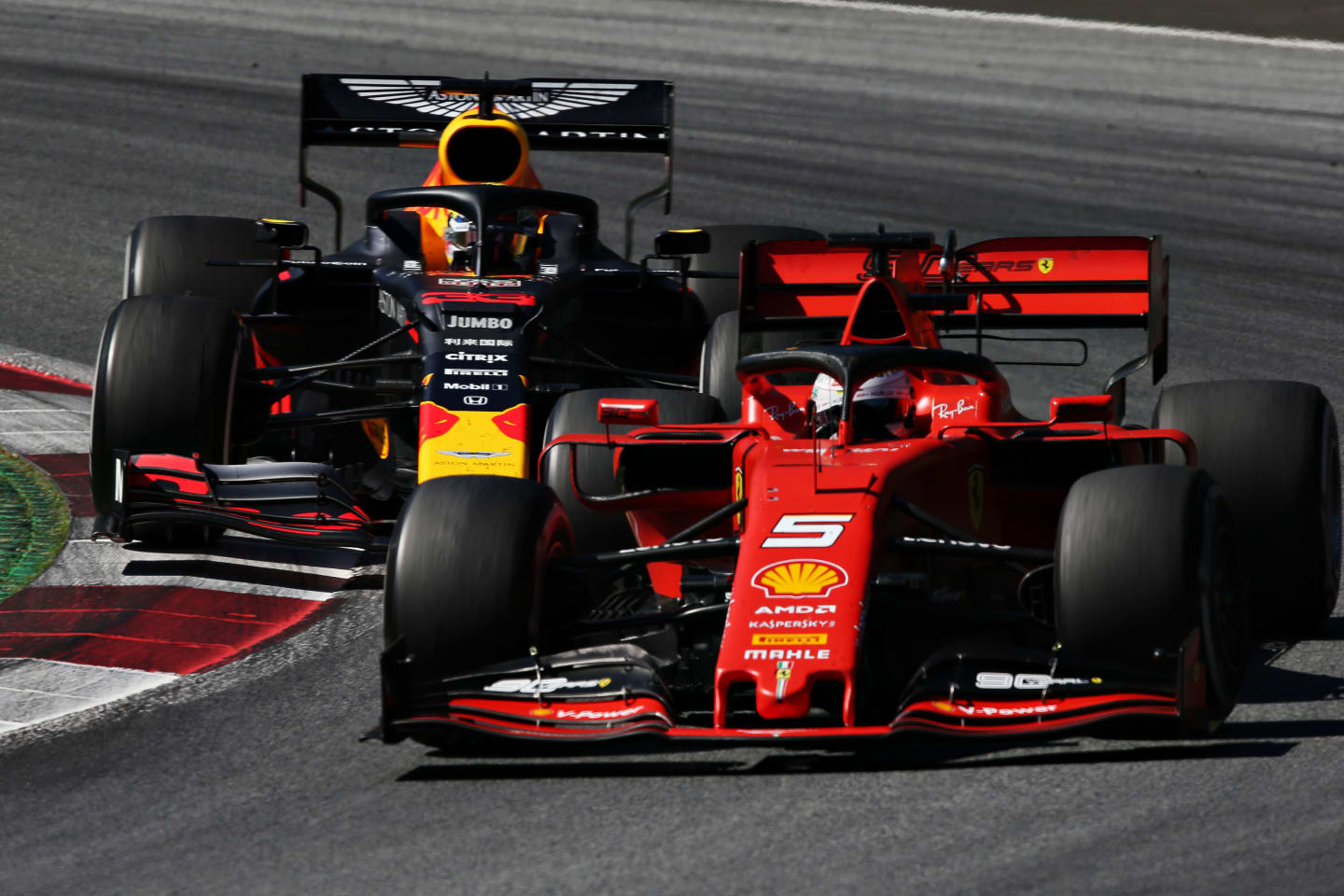
As Mercedes made compromises in Austria, the fight was between Red Bull's Max Verstappen and Ferrari's Charles Leclerc
If we assume that of the two best cars, Car A has a tenth-and-a-half’s-worth better aero than Car B at each track, but Car B has an extra 10bhp, then Car B might be expected to be on pole in Austria, but Car A in Hungary.
But the reality is that the aero difference between one car and the next would not be the same at the two tracks, because of the different aero sensitivity of the circuit layouts.
READ MORE: MUST-SEE – Bottas gets back on track in 2018 car as Mercedes step up 2020 preparations
In terms of downforce sensitivity, Austria ranked 19th out of the 21 circuits visited last year. Hungary ranked fifth.
Downforce sensitivity is usually expressed as a calculation of how much lap time each three points of downforce can be expected to bring (downforce points are a conversion that allows the measure of downforce not to be speed-related). This will vary from car to car, but a typical sensitivity number for the Austrian track using this measure would be 0.07, whereas that of the Hungaroring would be more like 0.14s.
1 / 2
In other words, each extra chunk of downforce would be expected to bring around twice the lap time benefit at the Hungaroring than at the Red Bull Ring. As with the different power sensitivities between cars, this can have profound effects on the competitive order.
Aerodynamic drag is intimately related to downforce in that more downforce invariably means more drag, but the conversion of the trade-off is not a pre-determined number. In general, within the ranges of downforce used in F1, drag is not as powerful a driver of lap time and is a secondary consideration. For the Austria/Hungary comparison it can effectively be ignored, as the drag sensitivity difference between the two tracks is marginal (Austria is the 15th most sensitive, Hungary 20th) as neither feature particularly long straights.
READ MORE: How cooling demands neutralised Mercedes’ threat in Austria 2019
The combination of high ambient temperatures and a 660-metre altitude makes adequately cooling the car very challenging in Austria.
Opening up the bodywork with extra outlets around the cockpit and with less shrink-wrapped contours at the rear incurs significant aerodynamic performance loss. Austria is the second-most demanding of the season for cooling (after the even higher-altitude Mexico) and as such will be part of the car’s conception.
1 / 2
Teams will analyse where the trade-off is between a super-tight package that will have to be severely aerodynamically compromised at Mexico and Austria but will gain a small aero advantage at the other tracks, or a less extreme concept.
A miscalculation at Mercedes last year in the conception stage resulted in a car that did not have sufficient cooling capacity even with a severely aerodynamically compromised bodywork package. This meant the power unit could not be run in high power modes during the Austrian GP – and that was an essential factor in the race being fought out between Red Bull and Ferrari.
READ MORE: The hidden upside of Mercedes and Alfa's DRS-boosting rear wing
Historically – and ironically – the Red Bull Ring had been a weak track for Red Bull in the hybrid era because their power shortfall was punished and its good downforce not well rewarded. Yet Max Verstappen has won the last two races there for the team.
The victory of 2018 was built more on a good strategy call than raw performance – he qualified on the third row, 0.7s off pole – but with Honda power in place of Renault from last year, the power shortfall was a thing of the past and Verstappen started from the outside of the front row, alongside Charles Leclerc in the more powerful pole position Ferrari, the lower downforce of which was not unduly punished here.
RACE HIGHLIGHTS: 2019 Austrian Grand Prix
Around the Hungaroring, with far less emphasis on power and far more on downforce, the Ferrari was not a factor last year, qualifying 0.4s adrift of the Red Bull and Mercedes, which were extremely evenly matched.
So, what are we likely to see this time around? Winter testing suggested the Mercedes was still the outright fastest around Barcelona, with Red Bull and Ferrari vying for second-fastest once you looked beyond the headline numbers.
READ MORE: Why Ferrari might be quicker than they looked at testing
But Ferrari have made a point of claiming this year’s car has been conceived to produce greater downforce and – combined with the new rulings on fuel flow – is no longer the low drag/high power special of last year.
Both Mercedes and Red Bull believe they have made their own serious aerodynamic and engine gains. How will all those developments play out between the top three teams? Any difference in the competitive order between Austria and Hungary will give a very solid clue.
More TECH TUESDAYS
- What does the 2021 aero rules change mean for the cars – and which teams will it hurt most?
- The hidden upside of Mercedes and Alfa's DRS-boosting rear wing
- Under the bodywork of the Ferrari 312B3 on the anniversary of Niki Lauda's first F1 win
- Under the bodywork of the Alfa Romeo ‘Alfetta’ – 70 years after it won the first ever F1 race
- Under the skin of Schumacher's first Ferrari winner
YOU MIGHT ALSO LIKE
News How to stream the Formula 1 2025 Miami Grand Prix on F1 TV Premium
News Formula 1 welcomes PwC as Official Consulting Partner
Opinion HINCHCLIFFE: Why I’m so impressed by Norris’ unconventional and unflinchingly honest approach to his racing
Image Gallery GALLERY: Ferrari reveal special co-designed livery for Miami Grand Prix

